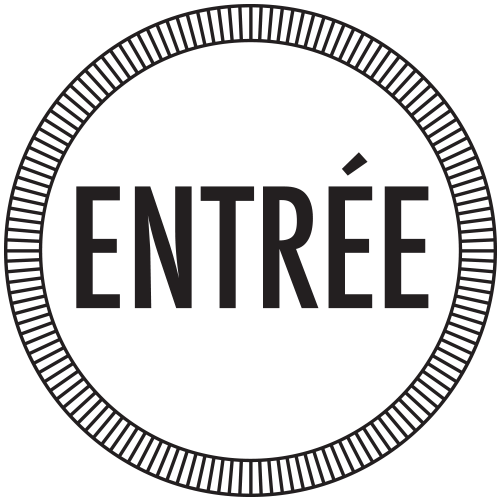Blomgren & Skúladóttir
Extractions
Kunsthall Stavanger
—part of Vestlandsutstillingen 2018
Curated by Randi Grov Berger
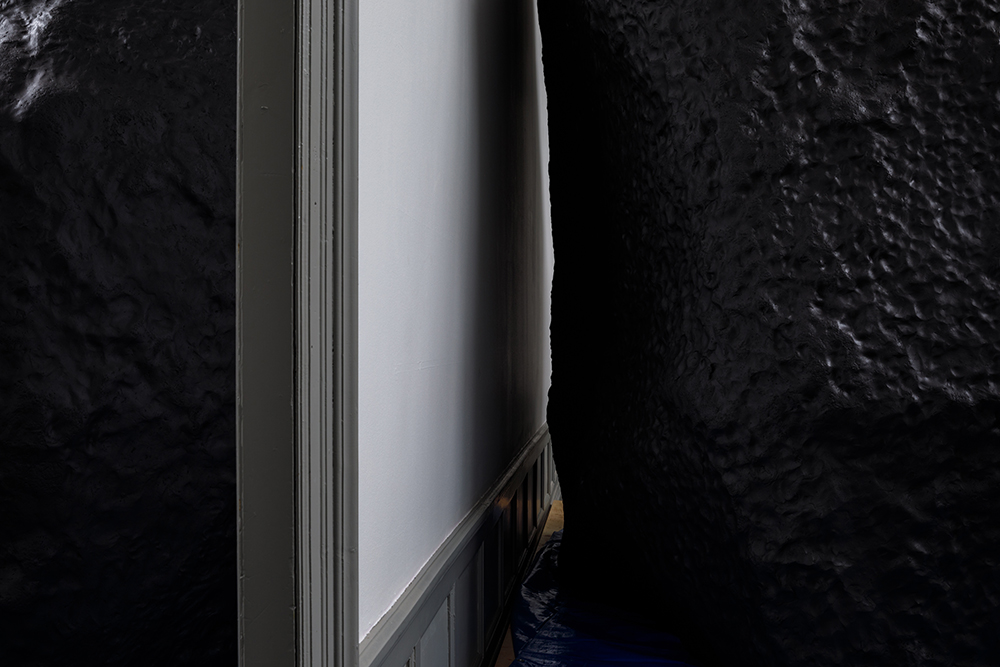
Installation view, Extractions.
All images by Oddbjørn Erland Aarstad.
Artist-duo Skúladóttir & Blomgren have worked together for several years making site-specific installations. Their large-scale and sculptural work incorporates material information and impulses from the surrounding nature, local history and architectural features. In preparation for Vestlandsutstillingen 2018, they have visited Kunsthall Stavanger repeatedly to conduct local research and entered into dialogue with the location and architecture. They have specifically explored the relationship between “mineral extraction” and geological shaping in a site-specific work developed on-site.
Karin Blomgren (b. 1987 Stockholm) is a Swedish visual artist based in Bergen, Norway. She holds a MA in Fine Art from Bergen Academy of Art and Design (2014). She was awarded the Debutant Award 2016 by the Association of Norwegian Visual Artists, at Høstustillingen, Kunstnerns Hus, Oslo. For the coming year she is exhibiting her work in Steinkjer Kunstforening and Bodø Biennial. In collaboration with Erna E. Skúladóttir, she has presented large, spatial installations at Galleri F15, Moss, KRAFT, Bergen, Visningsrommet USF, Bergen, and most recently at Parcours Céramique Carougeois International Biennial, Switzerland.
Erna E Skúladóttir (b.1983 Reykjavik) is an Icelandic visual artist, living and working in-between Norway and Iceland, since graduating with a MA in Fine Art from Bergen Academy of Art and Design (2014). She is currently working on the project “Landscapes of Transformation: Illusion of Stability”, a site-specific project based in ceramics and geology which investigates transformation and fluidity of raw materials. Upcoming exhibitions include “Beyond the Object” at Uppsala Konstmuseum. In collaboration with Karin Blomgren, she has presented large, spatial installations at Galleri F15, Moss, KRAFT, Bergen, Visningsrommet USF, Bergen and most recently at Parcours Céramique Carougeois International Biennial, Switzerland.
The exhibition is curated by Randi Grov Berger and is included in the special edition of Vestlandsutstillingen 2018 (VU18), the annual traditional regional exhibition. VU18 consists of six solo exhibitions, and includes the institutions Kunsthuset Kabuso, Sogn og Fjordane Kunstmuseum, in cooperation with Sunnfjord Kunstlag, Haugesund Billedgalleri in collaboration with Haugesund Kunstforening, Kunstmuseet KUBE, Entrée and Kunsthall Stavanger. VU18 presents the artists Ragnhild Aamås, Magnhild Øen Nordahl, Trudi Jaeger, Eivind Egeland, Karen Skog and the artist-duo Blomgren & Skuladottir.
///
Press
06.07.2018
Stavanger Aftenblad
Skulpturer i olje og leire blir ikke tunge nok
Av Anne Therese Tveita
///
A Co-authored Geology
By Phoebe Cummings
(Montana, 2016) A group of boulders, thousands of metres above sea level, stranded between pine trees, the ground soft with needles, ready to ignite. Glacial Erratics. I squeezed my body between two of the large rocks, separate but close, the masses sat in direct relation to one another. Between them I listened, pressing my back against one and turning my cheek against the other, they held me there; in time and place. Within the gap, their charged limits, seemed frontiers of an uncertain attraction. Maybe the enormity of geology and landscape is more readily understood by body than mind anyway. Walking, smelling, feeling with your skin, absorbing sounds, only then can you start to accept geological time and the immense materials of earth.
When geology comes into the museum it is often in small pieces, polished, sparkling mineral flourishes that seduce the eye in a sweet shop of colours and formations. They are often dislocated from the mass of the land, and the enormity of matter, forces and time that have combined there. The work of Erna Skúladóttir and Karin Blomgren connects the interior architecture of the gallery and the earth that exists beyond it, a bridge between the made world we inhabit and that which is everywhere yet elsewhere; earth - sometimes forgotten or overlooked from our position in the constructed present. Their work may recall the non-sites of Robert Smithson and there exists strong connections to Land Art as a way of thinking and making. However, rather than bringing the land into the gallery as a type of ready-made, they are engaged with a high level of processing and labour and the outcome is more an imagined, immersive terrain rather than a re-reading of land materials as sculpture. Though rich connections can be drawn to the work and the writings of Smithson, particularly his text ‘A Sedimentation of the Mind: Earth Projects’, within which he writes
“The earth’s surface and the figments of the mind have a way of disintegrating into discrete regions of art. Various agents both fictional and real, somehow trade places with each other- one cannot avoid muddy thinking when it comes to earth projects, or what I will call, ‘abstract geology’…The entire body is pulled into the cerebral sediment, where particles and fragments make themselves known as solid consciousness…The city gives the illusion that the earth does not exist”.[1 ]
Abstract geology seems a helpful description in approaching Skúladóttir and Blomgren’s work, and they are adept in exploring the materiality of clay by flooding, engulfing, blocking and ramming the environments they work in with matter (and will). It is significant they perform this physical labour - moving earth - for a large part with their bodies and not machinery; in return their work incites a bodily response from the viewer. As Martina Margetts eloquently proposes “…both the natural world and the body constitute what I would call thinking matter. Earth, fire, water, air are the first elements of material making and benchmark the flux of order and disorder prevalent in humans and in everyday life.” [2]
There is undoubted courage in the work of Skúladóttir and Blomgren, they are willing to confront the material, and their courage seems increased by their partnership. Their collaboration is an equal push and pull between the individual artists who each have strong practices independently as well as working together. In their collaboration it seems they succeed in taking on something greater than might otherwise be possible alone. They are negotiators, both of each other and of the material itself. “What does it mean to give agency to the material, to follow the material and to act with the material? For a start, materials are neither objects nor things.” [3] This seems an attractive idea for the artists, they disregard the linearity of art-historical categories and its hierarchies and are not concerned with the specifics of objects or things, but focus instead on volume, space and forces and the psychological implications of all those combined. Their work arrives from a series of processes they co-author with the raw material, through which there is an uncovering, perhaps simulation, of the sensations produced by a landscape.
Clay is a potent substance, full of contradictions; it contains both inorganic and organic matter. It is a seemingly basic material in its direct extraction from the ground, yet chemically it is complex and varied, and has been contorted in its histories and associations of use over millennia. It touches all our lives in some way, both in its natural occurrence and its manufactured applications, from early civilisations to the contemporary world. Across cultures, throughout time, there have been creation myths where man is first made by clay: the plastic, mouldable stuff of earth. Meanwhile modern research extends beyond earth, with scientists involved in analysing clay on Mars, expanding further still our understanding of this material within the universe and even deeper in time. Through archaeology, ceramic sherds continue to uncover everyday life and the organisation of past societies, providing fragments of objects that can be read like the layers of raw material in the ground, describing in a more three-dimensional and sensory way the landscape and environments of the past. By its very nature, clay is cross-disciplinary and for Skúladóttir and Blomgren, clay seems to be both their medium and their muse, whereby their processes may mirror the erosion, sedimentation and compression that have generated the raw material in the landscape. Whilst their work maintains a strong connection to the land, it articulates itself in the context of buildings and the varied spaces they provide, and is always informed directly by the site, working with its unique features and possibilities.
As a material of art and craft, clay is most frequently assigned to making objects smaller than the body. On the other hand, architecture uses bricks, tiles, adobe and cob to construct spaces we can be contained within. Skúladóttir and Blomgren work on the scale of architecture, and often their processes sit closely to that of construction work, but as a viewer we are often held in an external space. We might enter the gallery with or opposed to the forms rather than entering them as structures, they may be solid and impenetrable, and at times pose a threat. Alternatively, their work ‘Deposit’ from 2015 enabled the material to become an altered ground, inviting the viewer to walk on top of the work, the ceiling lowering as the material accumulated with a direct impact on the movement of the viewer. The installation created a situation where clay became choreographer. It seems significant that each of the artists has an in-depth knowledge of ceramics, and as such a sensitivity to the historical uses and references inherent to the material, though they apply them in new ways, rarely conforming to expectations of ceramics in the traditional sense. This is exemplified in their combined use of adobe, a traditional building material and terra sigilatta, an ancient surface treatment of refined liquid clay, usually applied to pottery to produce objects with a desirable sheen without the use of glaze materials. Such differing historic uses of ceramics and its materials are combined as a unified language within their sculptural work, which proposes an expanded understanding of ceramics and its potential. The clay is never transformed into ceramic by heat or fixed as a single object; rather the outcome of their activities does not reside in any permanent, physical form at all.
For centuries, ceramics has been bound with the idea of permanence, it is assumed that the material will be used to produce a commodity of some kind, be it functional or sculptural, and there is a general reluctance to separate the material from its ability to create something that can be possessed; preferably long term. Skúladóttir and Blomgren free themselves from the tradition of these assumptions and instead pursue a conceptual understanding of materiality, making and process. Since the 1960s, there has been increasing work with clay that moves beyond the focus of ceramic objects to explore activities more closely aligned to performance, time-based work or an ephemeral notion of sculpture. We might consider the performative process of Asger Jorn, riding a Lambretta across 10,000 kilos of clay in the creation of a ceramic wall panel in 1958, or Paul Astbury’s raw clay sculptures from 1992 onwards which evaporated and condensed in cycles within their sealed containers. More recently, artist Keith Harrison produced a live firing of raw clay in his work ‘Last Supper’ at the Victoria and Albert Museum in 2006 and artist Urs Fischer made an interactive clay site on a vast scale in his work ‘YES’ at MOCA Los Angeles in 2013, which saw visitors to the gallery transforming raw material into a complex city of recognisable and abstract formations. Skúladóttir and Blomgren’s previous works have continued to change and evolve over time once they have been installed within the gallery space as they gradually dry out. In ‘Abrasion’ from 2016, the colour of the clay changed in sweeping gradations and subtle cracking emerged as the piece gradually dried and transformed in public view. Our sensation of the work often moves from being something saturated, soft and plastic to something arid, solid and brittle. The work and our reading of it is transitional over time, as opposed to static, and the material is indifferent to its audience, continuing to perform in the darkness of the closed gallery. As Petra Lange- Berndt describes in her introduction to ‘Materiality’; “To understand the languages that emanate from materials or the atmospheres connected to them one especially needs to consider what happens after the work of the artist is done, once materials are submitted to the forces of time, gravity or the elements.” [4]
As the work is un-burdened of the permanence of objects, so too the gallery space is freed from being merely the site of display. Instead it acts as a place of live production, it fulfils the role of studio, construction site, laboratory and at certain moments, theatre. It is hard to separate the work from the space; they are co-dependant and together form an immersive environment. The work also poses challenges to the tradition of museum collection and the systematic preservation of objects, as well as the private collection of art and the skewed culture of value we may assign to art objects. Instead, their work is fixed only temporarily in the present and is firmly focused as an experience for the audience. If they were to produce a project in the future with an intended long-term existence, it seems more likely that their thinking might be applied to shaping or coercing the natural landscape or perhaps an architectural structure of some sort.
Though monumental in scale, the temporary status of the work renders it a brief imagining, and one that that seems to bely the volume and energy required to get it there. There is a conversion of time into space, and the presence of what they have made commands that entire space to its threshold, where the air around the physical matter they present is charged by the masses they have instructed. This active space around the work evokes Byung-Chul Han’s contemplations in ‘The Scent of Time’; “As a medium for measuring time, incense differs in many ways from water or sand. Fragrant time does not flow or trickle away. Nothing is emptied. Rather the scent of the incense fills the room, even turns time into space; it thus gives a semblance of duration. Although the glow permanently transforms the incense into ash, the ash does not disintegrate to dust. Rather it retains the shape of the writing.”[5] We might consider how alternative sensory perceptions of time and space are as valid as physical, visible material within the exhibition space. Throughout their practice exists the production of something at once engulfing yet simultaneously brief.
In the simplest of terms, geomorphology is the study of the surface of the earth, understanding it’s features and how it has been shaped and formed. The artists work with a depth of curiosity and analysis that seems to extend this scientific enquiry into imagined topographies. Many works appear to be in a state where processes may not yet be complete, and as viewers we question where it may lead in the future. In their recent collaboration ‘Inundation’ from 2017, a basement was almost entirely filled with what appeared to be a slow-moving mass, creeping from something solid to the possibility of being liquid. The visual density of the piece lent time a physical substance and constructed a new understanding of the interior architecture and what it might hold or give way to. Whilst science may be concerned with evidence to define the exact nature of the earth’s crust and the processes that shaped it, the artists extend an enquiry that is more sensory or obliquely implied, and in the case of this latest exhibition that probes further still, as an imagined investigation of unknown material.
Skúladóttir and Blomgren have frequently drawn on the wider locality of where the work is produced, working with clays specific to the geographic area. Place may be understood as physically contained in matter, and whilst it may appear visually neutral and consistent, clay is chemically specific and traceable. Previous projects have utilised local brick clay, a material rough and abundant. For this commission in Stavanger they pursue a new direction, presenting us with an entirely fictional material, a gliding dark fat, somewhere between clay and oil. This substance is not prone to drying as we might expect of clay, and as we have witnessed in earlier works; it is hard to locate, and as such unsettling. Oil and its extraction is so embedded in the city of Stavanger, and like clay it is a natural resource held within the earth’s crust. The fictional material they present us with questions our understanding of place and our own position within it. Where has this material come from? Where is it going? We are alerted to its interaction with man and the fact it is not naturally occurring in the space but has been placed on pallets. The material is prepared and unable to return, finding itself stranded from its origin in a way that heightens our sense of the psychological space of raw materials. Do we control, observe, manage or avoid these fictional masses?
Both the building and landscape surrounding Kunsthall Stavanger provide a powerful setting for what is their fifth work together. In different ways geology is unavoidable in the landscape here, and the notable Kjeragbolten close to the city returns us to thinking about the unfathomable movement and depositing of rocks over time. Like the much smaller boulders I encountered in Montana, there is a charged void between rock faces, where in this case a boulder is suspended above the abyss, defiant of gravity and its mass. If we are to consider the gallery as another topography, we find it also provides the artists with a divided space. The point where two rooms meet is a moment of confrontation, reflection or longing. We wonder if these masses pull or repel each other. Like mercury, shivering and eager, will this strange material be drawn to find itself and continue to join and gather?
When writing about the city creating the illusion that the earth does not exist, Smithson highlights what we may be failing to remember. Perhaps through the work of Skúladóttir and Blomgren, we are stirred to remember what we used to know intuitively, something that may require actively forgetting aspects of our more recent, learned, expectations of materials and sculpture. If we look back to the Palaeolithic clay sculptures in the Tuc d’Audoubert cave in France, we find a sophisticated articulation of place, materiality and narrative dating back to around 13,500 BCE. Clay bison were shaped into the floor and have been preserved by the naturally protective climatic conditions within the cave system. These environments are immersive and transformational and do not use sculpture as currency, but access something primal and demonstrate an intuitive connection between humans and the earth’s crust. The work of the artists here prompts us towards forgetting the permanence of objects and forgetting the need to commodify all we produce, and instead remember again how we once engaged our bodies with raw materials in our immediate environment, enabling another way of thinking and being, accessing a place where imagination and reality are both valid.
“Open, amenable to intention and purpose, flexible, pliable, manipulable, passive. It is a compromise between mind and matter, the point of their crossing one into the other. It is our way of dealing with the plethora of sensations, vibrations, movements and intensities that constitute both our world and ourselves, a practical exigency...” [6]
______
[1] Smithson, Robert, A Sedimentation of the Mind: Earth Works, Artforum Vol. 7 no 1, September 1968 p.45
[2] Margetts, Martina, The Matter In Hand in Material Perceptions – Documents on Contemporary Crafts No. 5, (Knut Astrup Bull and Andre Gali eds.) p138, Norweigan Crafts, 2018
[3] Lange-Berndt, Petra, Introduction//How to be Complicit with Materials in Materiality: Documents of Contemporary Art (Petra Lange-Berndt ed.) p. 13, Whitechapel Gallery, London 2015
[4] Lange-Berndt, Petra, Introduction//How to be Complicit with Materials in Materiality: Documents of Contemporary Art (petra Lange-Berndt ed.) p.17, Whitechapel Gallery, London 2015
[5] Han, Byung-Chul, The Scent of Time, p.57, Polity Press, Cambridge, 2017
[6] Grosz, Elizabeth, The Thing in Anything (Cynthia Davidson ed.), p. 242, The MIT Press, Cambridge MA, 2001
Phoebe Cummings (b. 1981) is a visual artist based in Stafford, UK. She studied Three-Dimensional Crafts at the University of Brighton, before completing an MA in Ceramics & Glass at the Royal College of Art. Working across art and craft, she has undertaken a number of residencies, including Kohler Arts/Industry Residency (U.S) and was Ceramics Artist-in-Residence at the Victoria and Albert Museum, London in 2010. Recent exhibitions include Material Environments, The Tetley, Leeds (UK) and Swept Away, Museum of Arts & Design, New York. In 2012 she was awarded the second ceramics fellowship at Camden Arts Centre, London and was the inaugural winner of the Woman's Hour Craft Prize in 2017. She is currently Research Associate at the Ceramics Research Centre UK - University of Westminster.
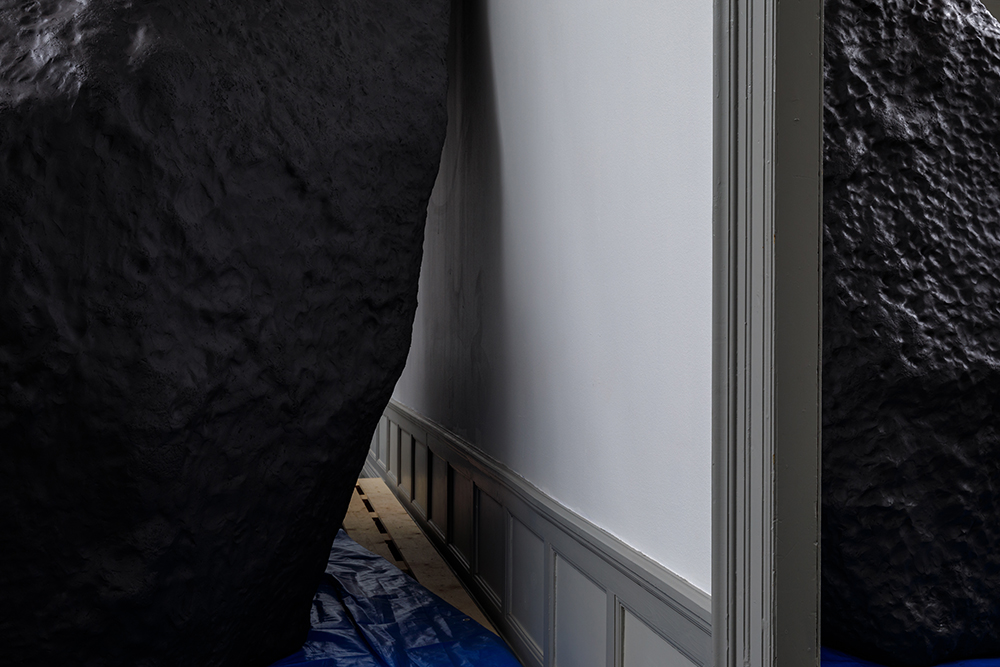
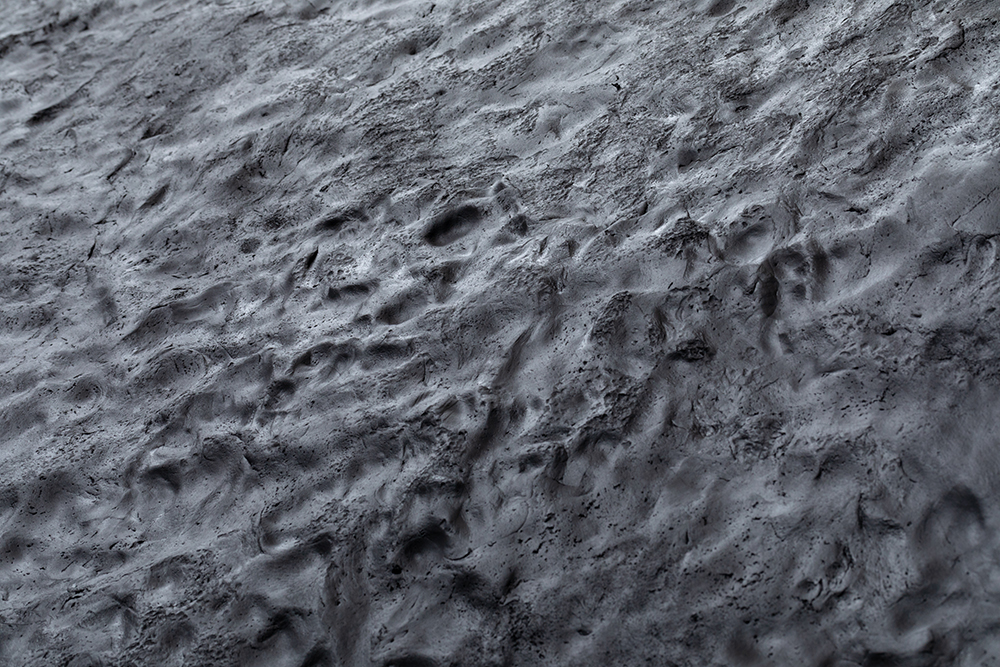
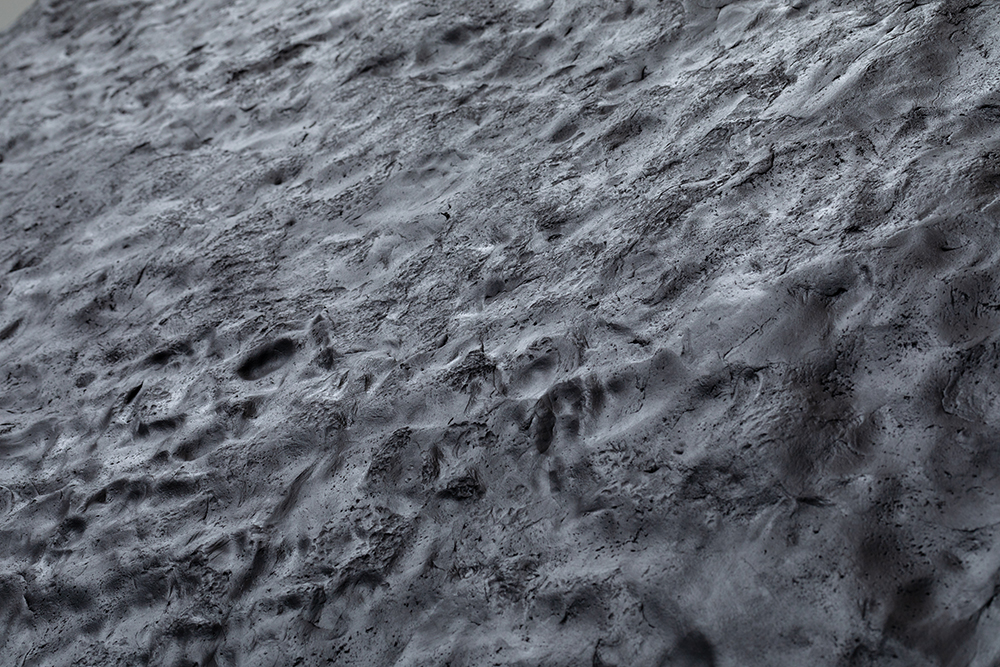
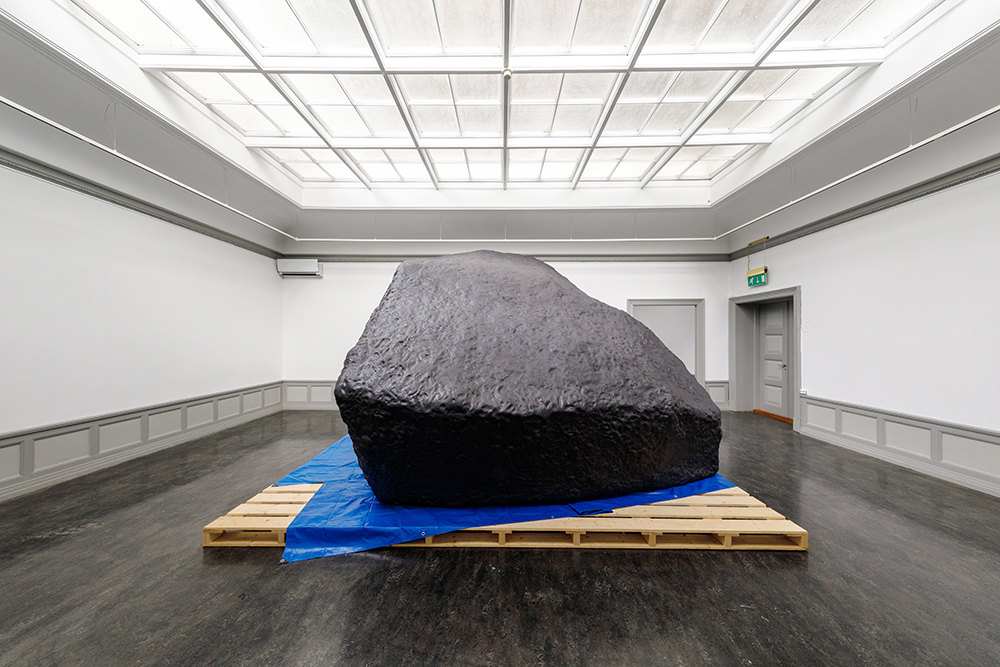
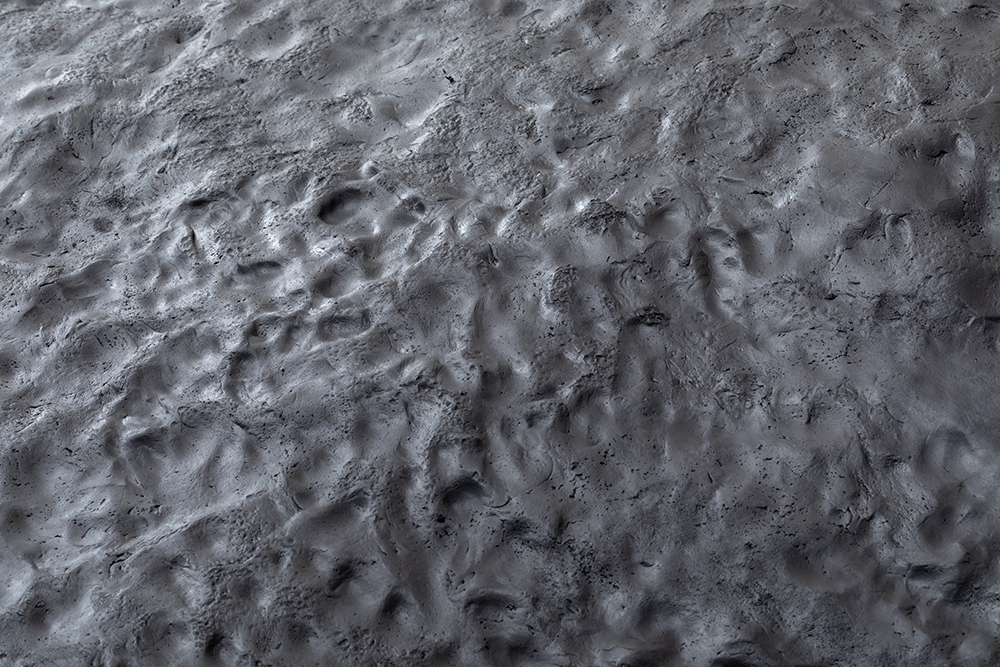

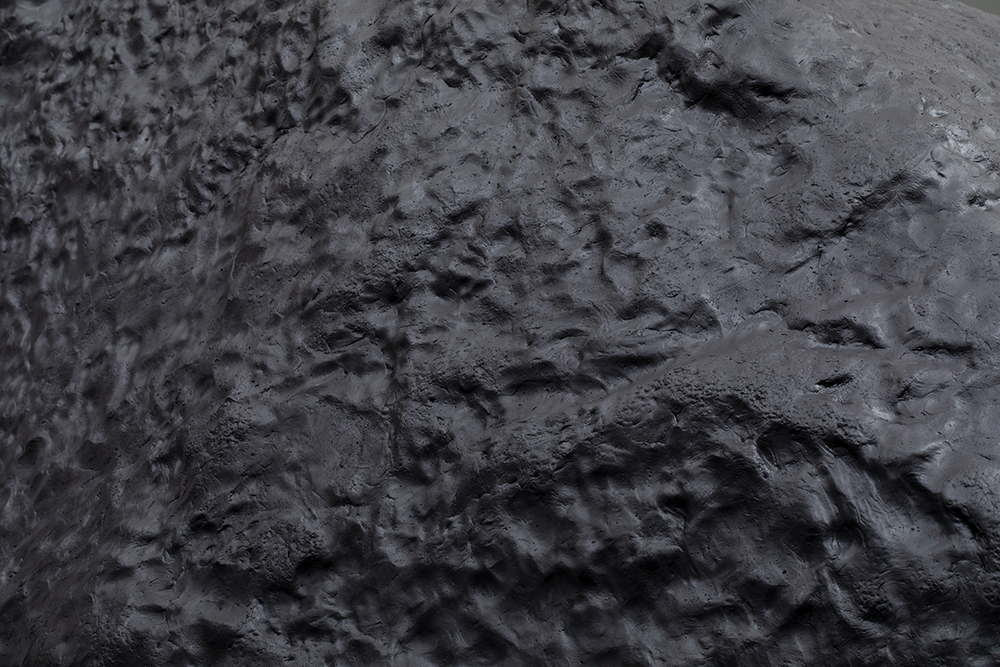
Skúladóttir & Blomgren
Extractions (detail)
Site-specific installation
Non-drying clay, wood, tarpaulin

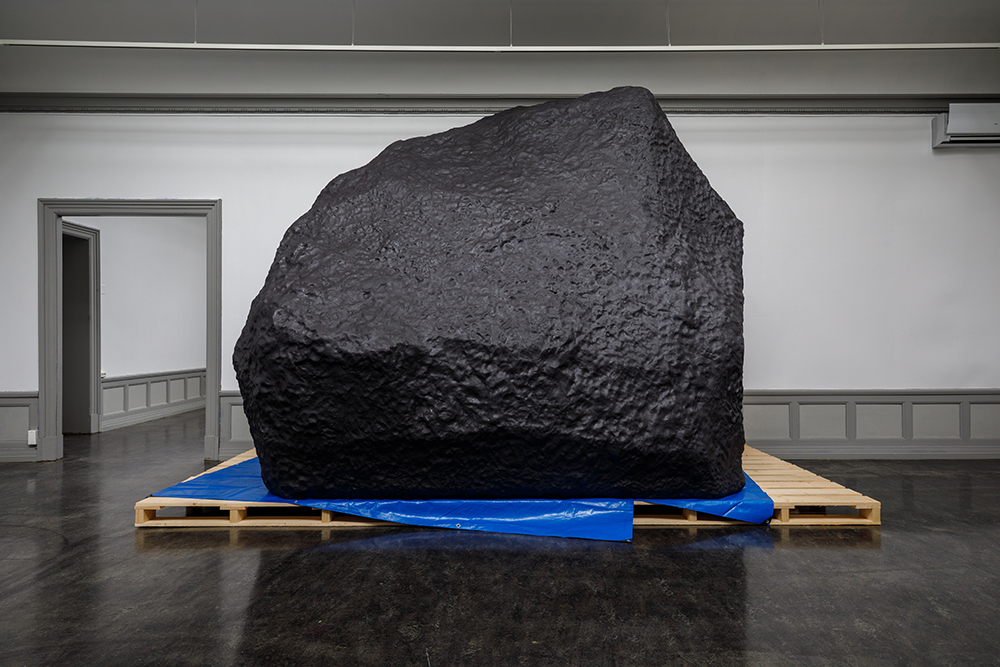
Skúladóttir & Blomgren
Extractions
Installation view gallery, Kunsthall Stavanger
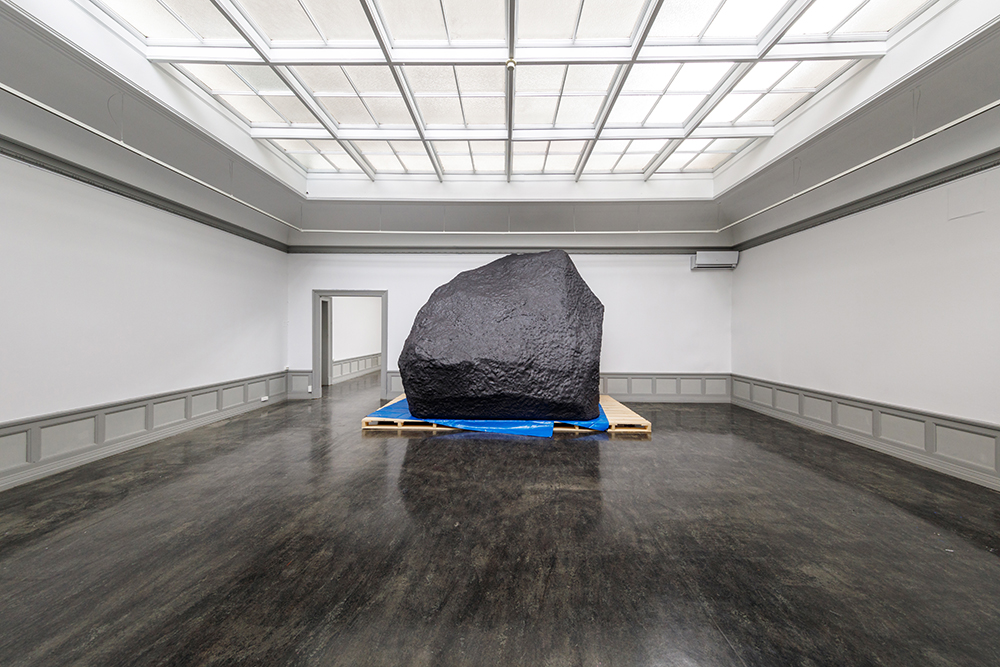
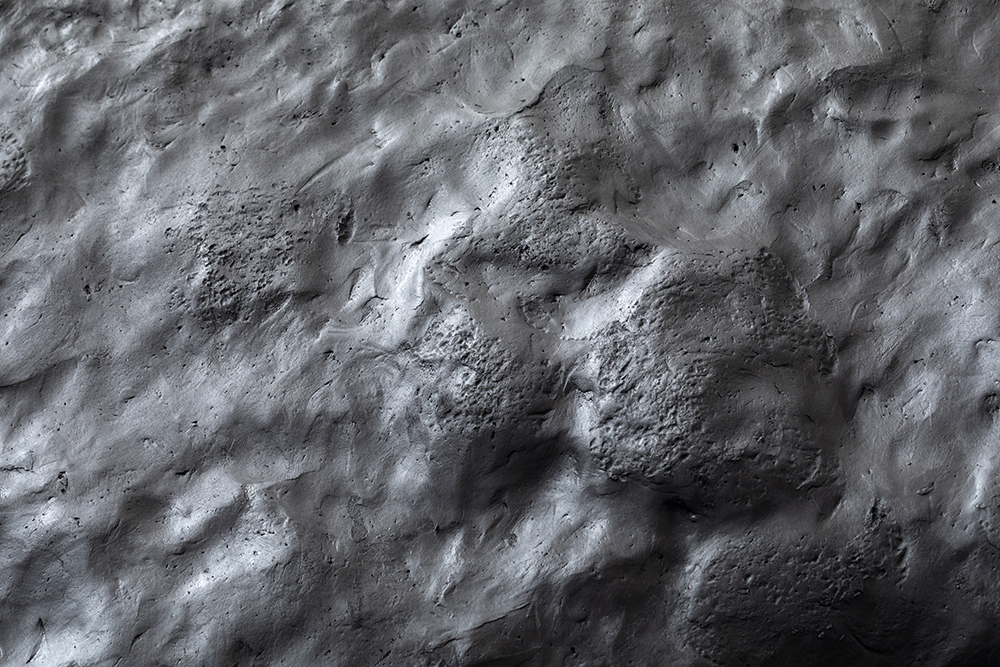
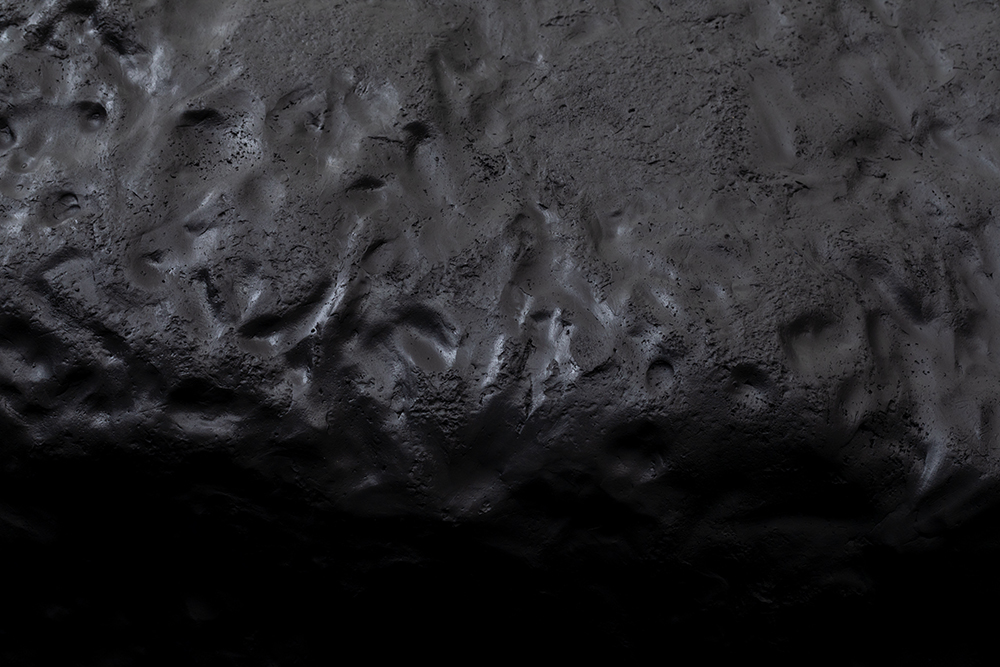
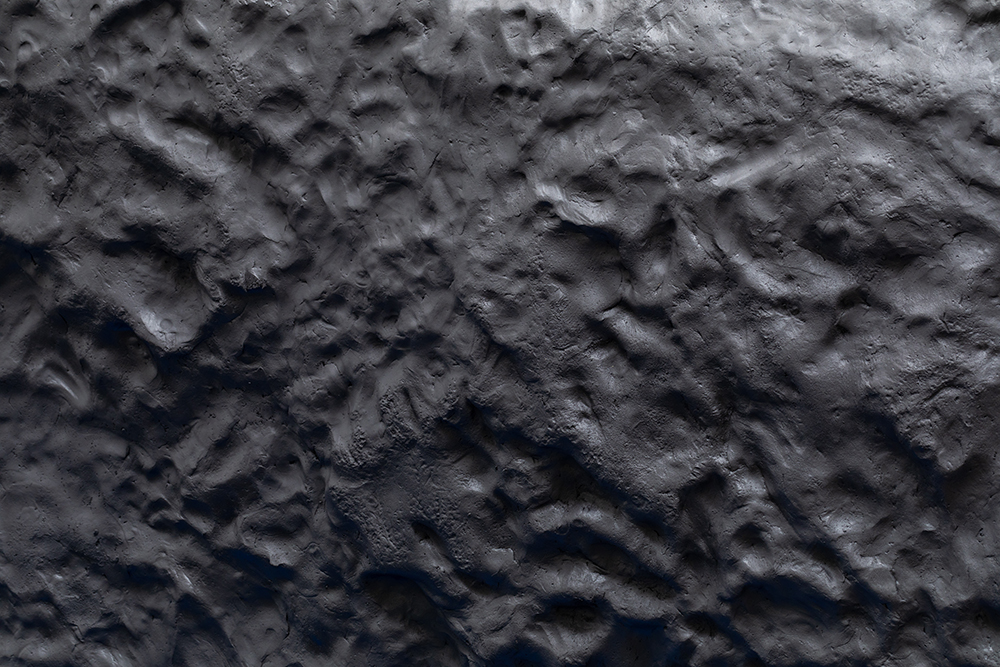
Skúladóttir & Blomgren, Extractions (detail)
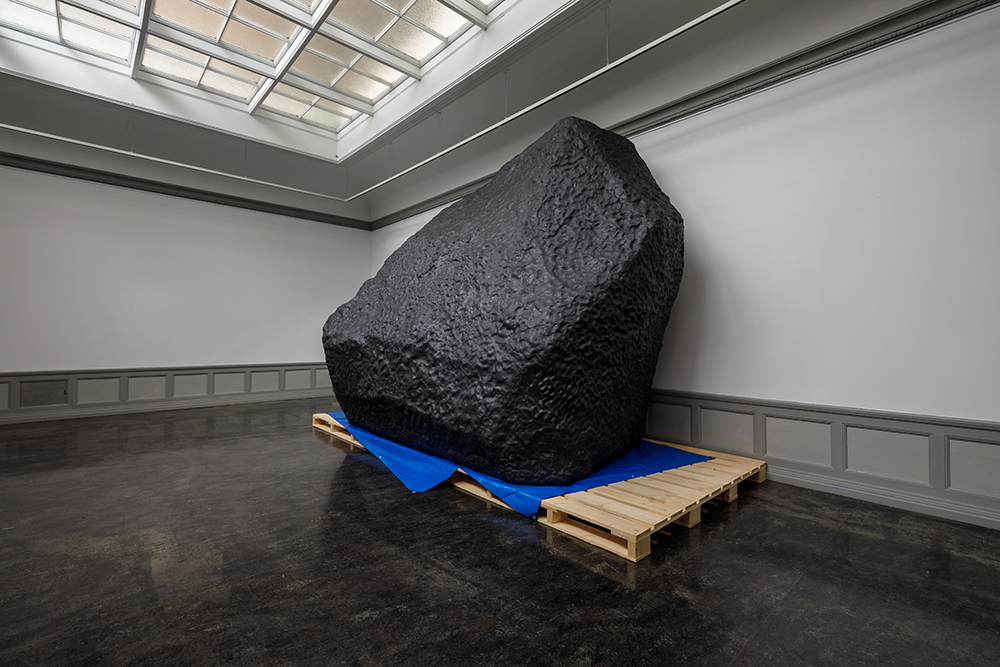
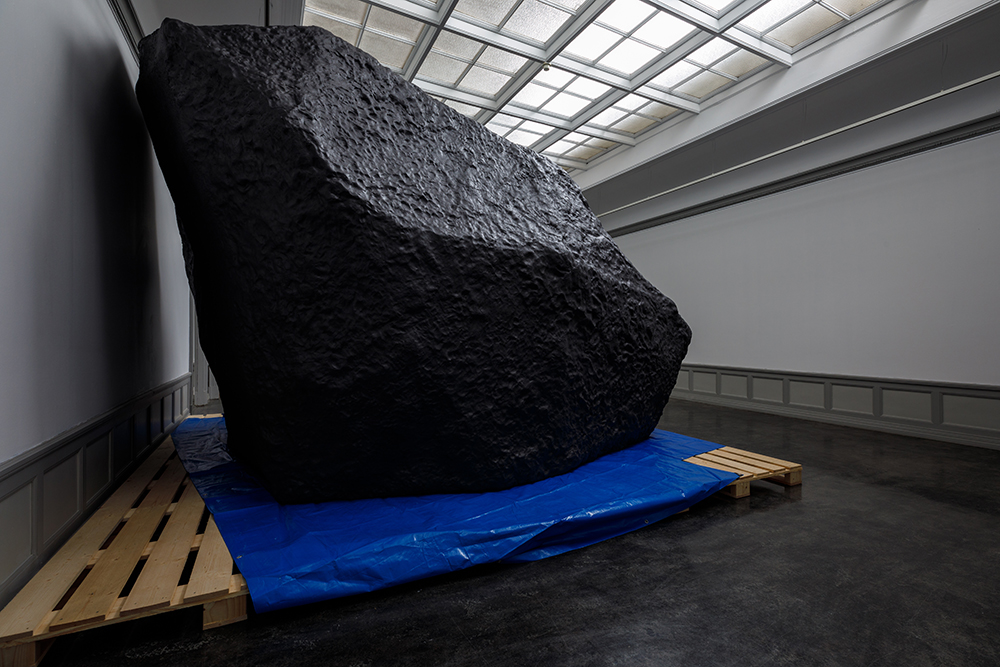
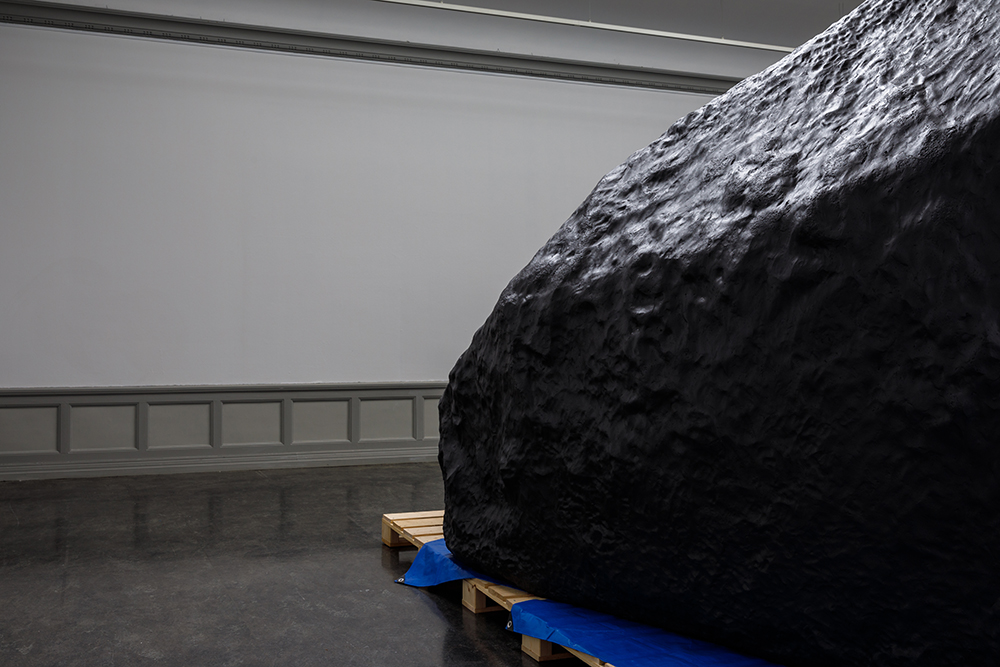
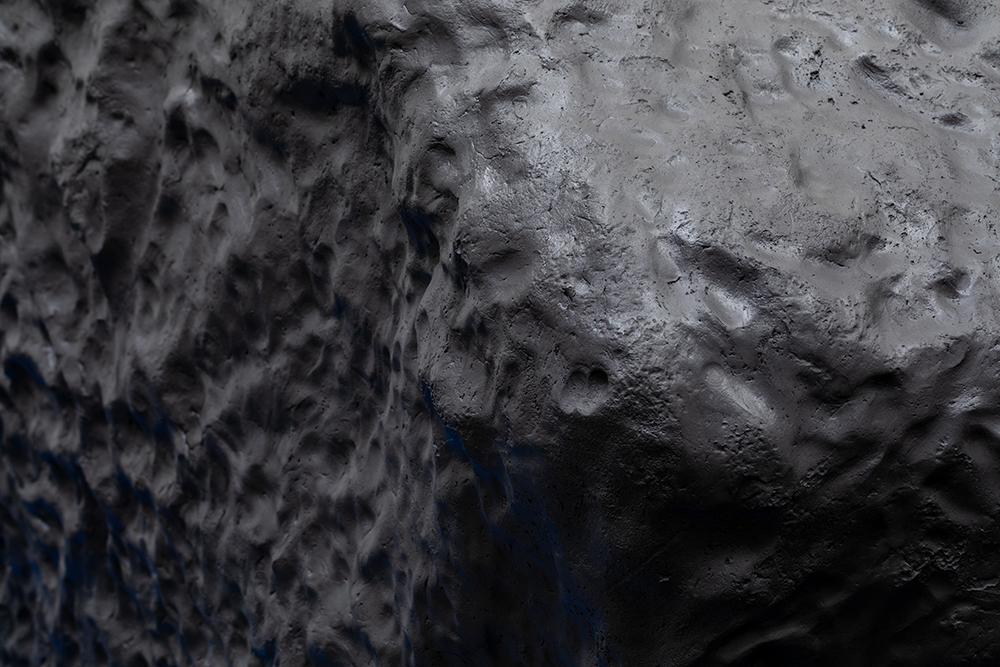
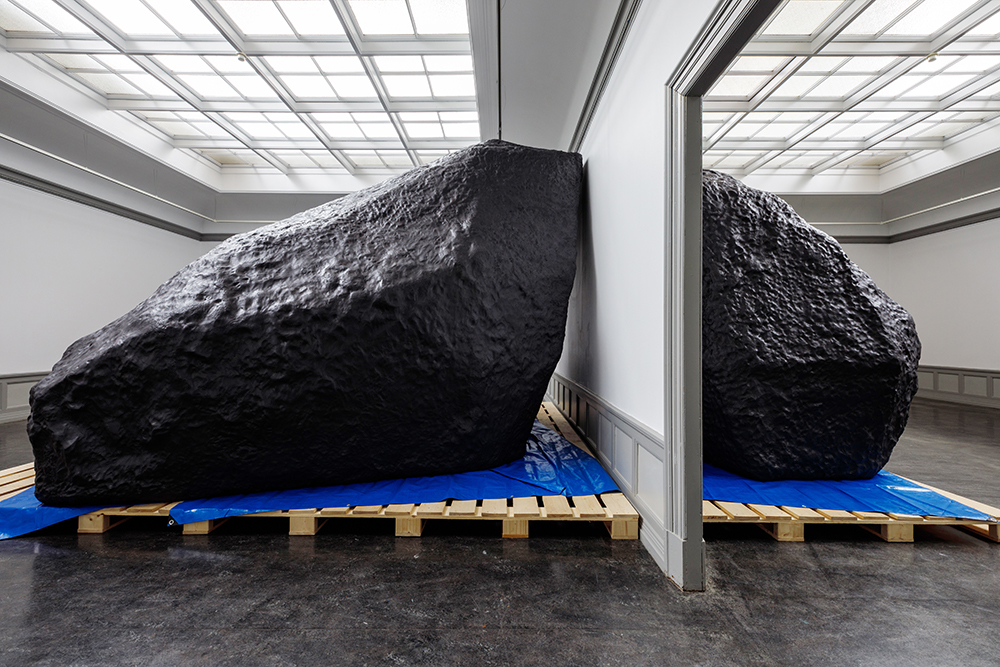
Skúladóttir & Blomgren
Extractions
Site-specific installation
Non-drying clay, wood, tarpaulin
Installation view gallery 1 and 2, Kunsthall Stavanger
